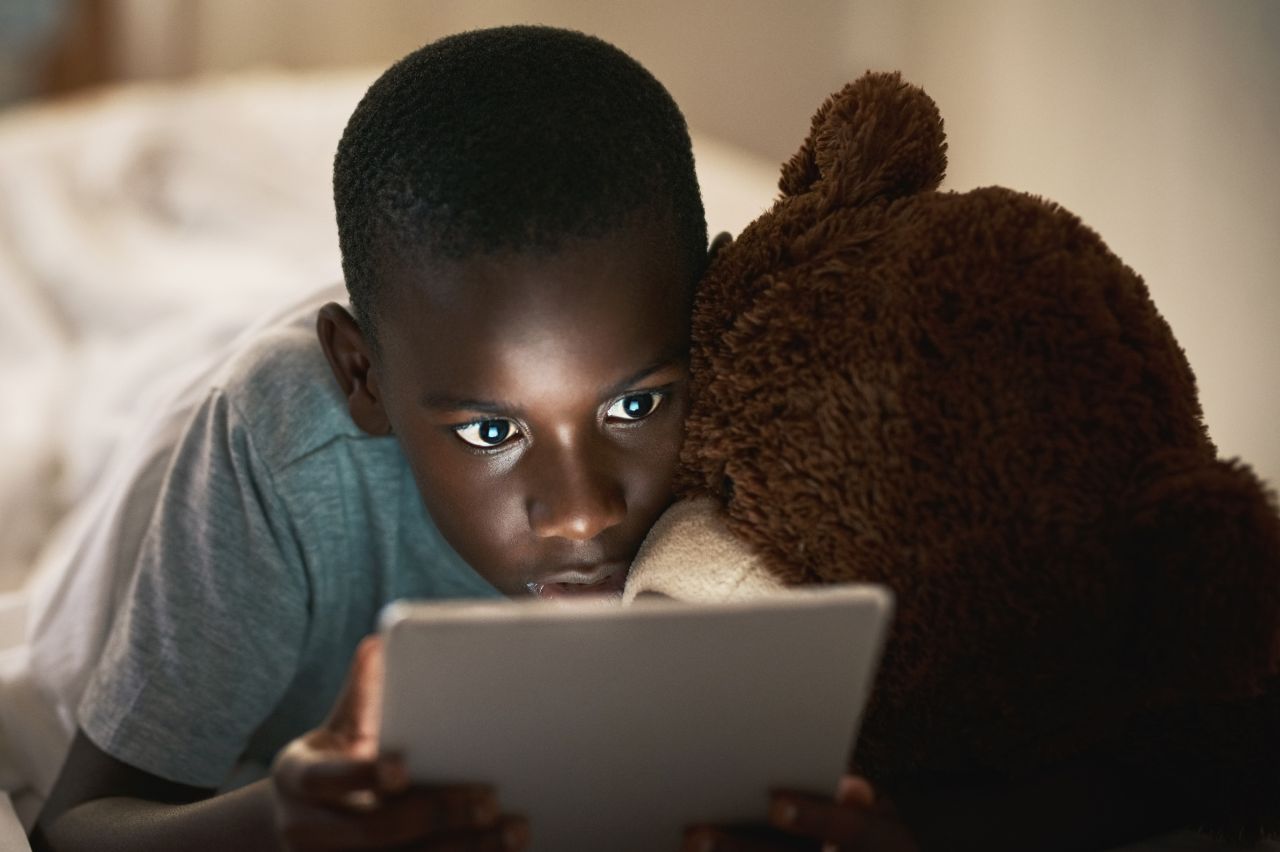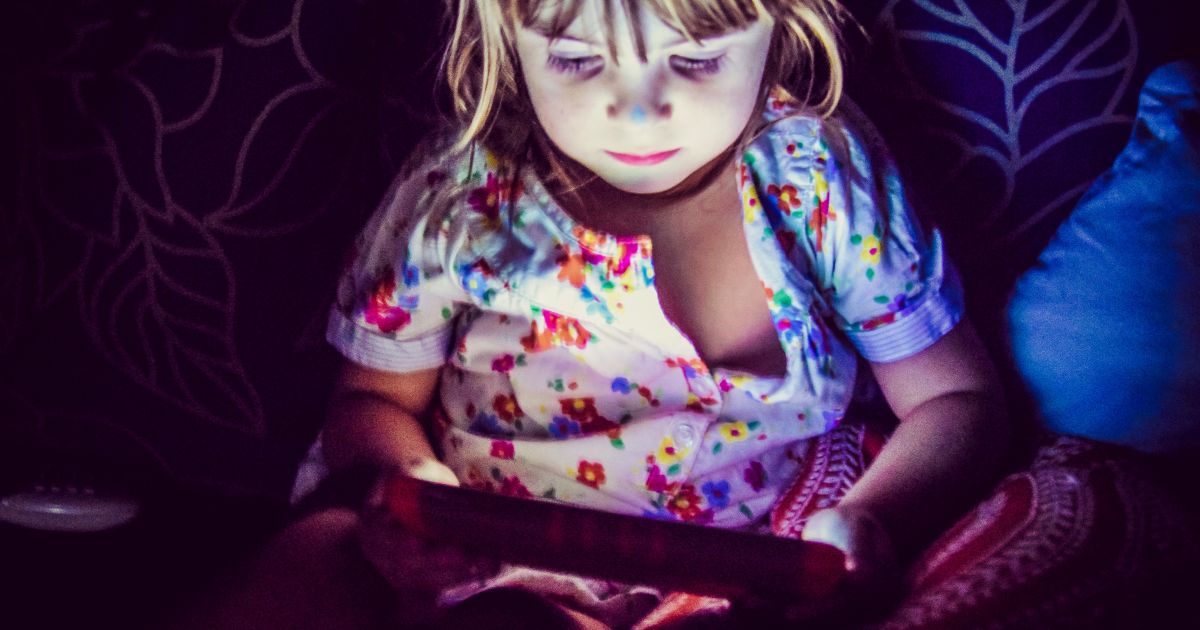As a parent in the digital age, I know how challenging it can be to set limits on the amount of screen time for my children. With technology constantly evolving and becoming a larger part of our daily lives, it’s important to ensure that screen time doesn’t interfere with my children’s overall development and well-being. In this article, I’ll share my personal experience and the steps I’ve taken to effectively manage screen time for my children.
The Dark Side of Screen Time: Understanding the Negative Impacts on Children
As a parent, it’s only natural to want to provide your children with the latest technology and gadgets. However, as with most things in life, there can be negative consequences to excessive screen time. Here, I’ll be discussing the negative impacts of excessive screen time on children and why it’s important to be mindful of how much time they spend in front of screens.

1. Physical Health Problems
One of the most immediate consequences of excessive screen time is physical health problems. Prolonged screen time can lead to eye strain, headaches, and disrupted sleep patterns, which can significantly impact a child’s overall health and well-being. Eye strain is a common problem among children who spend a lot of time in front of screens, leading to headaches, dry eyes, and blurred vision. Disrupted sleep patterns can also be a side effect of excessive screen time, as the blue light emitted from screens can interfere with producing the sleep hormone melatonin.
2. Mental Health Issues
Excessive screen time can also have negative impacts on a child’s mental health. Studies have shown that too much screen time can negatively impact depression and decrease attention span in children. It can also lead to isolation and disconnection, as children may prefer to spend time in front of screens rather than interacting with others. The content that children are exposed to through screens can also have a negative impact on their mental health, as they may come across harmful or inappropriate material that they are not ready to handle.
3. Decreased Social Skills
Another negative impact of excessive screen time is decreased social skills. Children who spend a lot of time in front of screens may struggle to communicate effectively and form meaningful relationships with others. This is because screen time often takes the place of face-to-face interaction and can interfere with developing social skills critical for success in school, work, and relationships.
4. Reduced Physical Activity
Excessive screen time can also lead to reduced physical activity, as children may prefer to spend their time in front of screens rather than engaging in physical activity. This can have a negative impact on their physical health and well-being, as regular physical activity is essential for maintaining a healthy weight and preventing chronic health problems.
Understanding the Impact of Screen Time on My Children
As a responsible parent, I became aware of the alarming effects of prolonged screen time on my children’s health and well-being. Excessive screen time is linked to physical health issues like eye strain, headaches, and sleep disturbances. Furthermore, it can also take a toll on their mental health by causing increased anxiety, depression, and reduced attention span. That’s why I decided to take action and implement some essential guidelines to minimize the negative impacts of screen time.

1. Setting Limits on Screen Time for My Children
I knew I needed to take action, so I started by setting limits on my children’s screen time. The American Academy of Pediatrics recommends that children aged 2 to 5 years should not spend more than 1 hour a day in front of screens, while children aged 6 years and older should not spend more than 2 hours a day. I used these guidelines as a starting point, but I also considered my children’s individual needs and preferences.
2. Creating a Screen Time Plan that Works for My Family
Once I had established screen time limits, I created a plan to ensure my children were sticking to them. I designated specific times during the day as screen-free, such as meal times, bedtime, and homework time. I also created a schedule for their screen time, allowing them 30 minutes of screen time after school, 1 hour in the evening, and 30 minutes before bed.
3. Encouraging Alternative Activities for My Children
In addition to setting screen time limits, I encouraged alternative activities for my children. I encouraged them to play outside, read, and do crafts, which helped limit their screen time and promoted their overall development and well-being. I also found creative ways to incorporate technology into other activities, such as educational apps for learning and digital arts and design for creative expression.
4. Monitoring Screen Time Usage for My Children
To ensure my children were within their screen time limits, I monitored their usage through monitoring software and reminders on their devices. I also had open and honest conversations with them about the importance of managing screen time and the potential consequences of excessive screen time. This helped them become more aware of their screen time usage and more likely to stay within the established limits.
Bottom Line
Managing screen time for my children has been a journey, but it’s one that’s been well worth it. By setting clear limits, creating a screen time plan, encouraging alternative activities, and monitoring usage, I’ve ensured that my children get the most out of their childhood while protecting their health and well-being. I hope my personal experience and the steps I’ve taken can help other parents in their journey to managing screen time for their children.

I am Christiana Williams, a multitasking sociologist and proud mama of three. With a passion for exploring the complexities of modern parenting, I bring my unique perspective and expertise to the table. As a seasoned parent and seasoned sociologist, I have a wealth of knowledge and experience to share. From the ups and downs of raising a family to the latest research on child development, I am on a mission to help other parents navigate the joys and challenges of parenthood. Get ready to be inspired, informed, and entertained as I share my insights and adventures as a parent.




